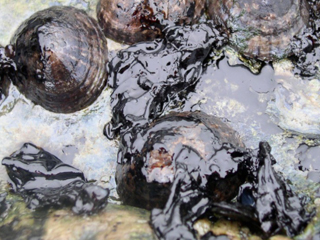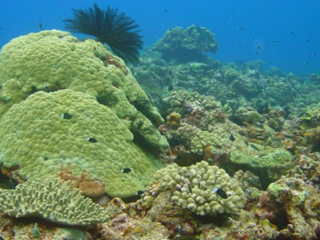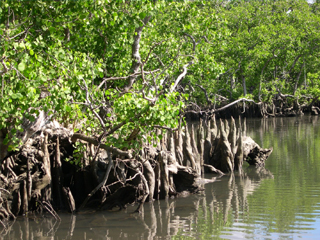Effects in Shallow Inshore Waters and on Shorelines
The impacts of oil in nearshore waters are most often caused by the exposure of marine organisms to high concentrations of naturally or chemically dispersed oil. In many areas, the natural dilution capacity of tidal flushing is sufficient to keep the concentrations of dispersed oil below harmful levels but where this is insufficient, high mortalities of benthic organism can occur.
Shorelines can be impacted both by toxic effects of high concentrations of dispersed oil during high tide periods and also the smothering effect of oil at low tide.
The impacts of oil spills in shallow inshore waters and shorelines are difficult to predict due to the sheer number of habitat types and variety of organisms that inhabit this marine zone. Many species and individual organisms found here, particularly on the shore, are inherently tough and resilient as they have evolved to survive in a highly dynamic environment with routine periodic fluctuations of tide temperature and salinity together with more extreme stochastic events such as storms. This natural adaptation also means that many species, at a population level, are able to survive a spill event.
Within the shallow inshore waters and shoreline zone, three ecologically important habitats are particularly sensitive to oil pollution; coral reefs, saltmarshes and mangroves. All three habitats are important for providing coastal protection and nursery grounds for many commercially important invertebrate and fish species. They tend to be found at, or close to, the border between sea and land, and are therefore maybe at high risk of contamination during oil spills.
Coral reefs are highly sensitive to dispersed oil and if impacted, can take a long time to recover. Both saltmarshes and mangroves are typical of sheltered shores and natural recovery of these complex ecosystems can take a long time. Where practical and appropriate, reinstatement measures, eg planting mangrove seedlings, may help to accelerate the recovery process.



